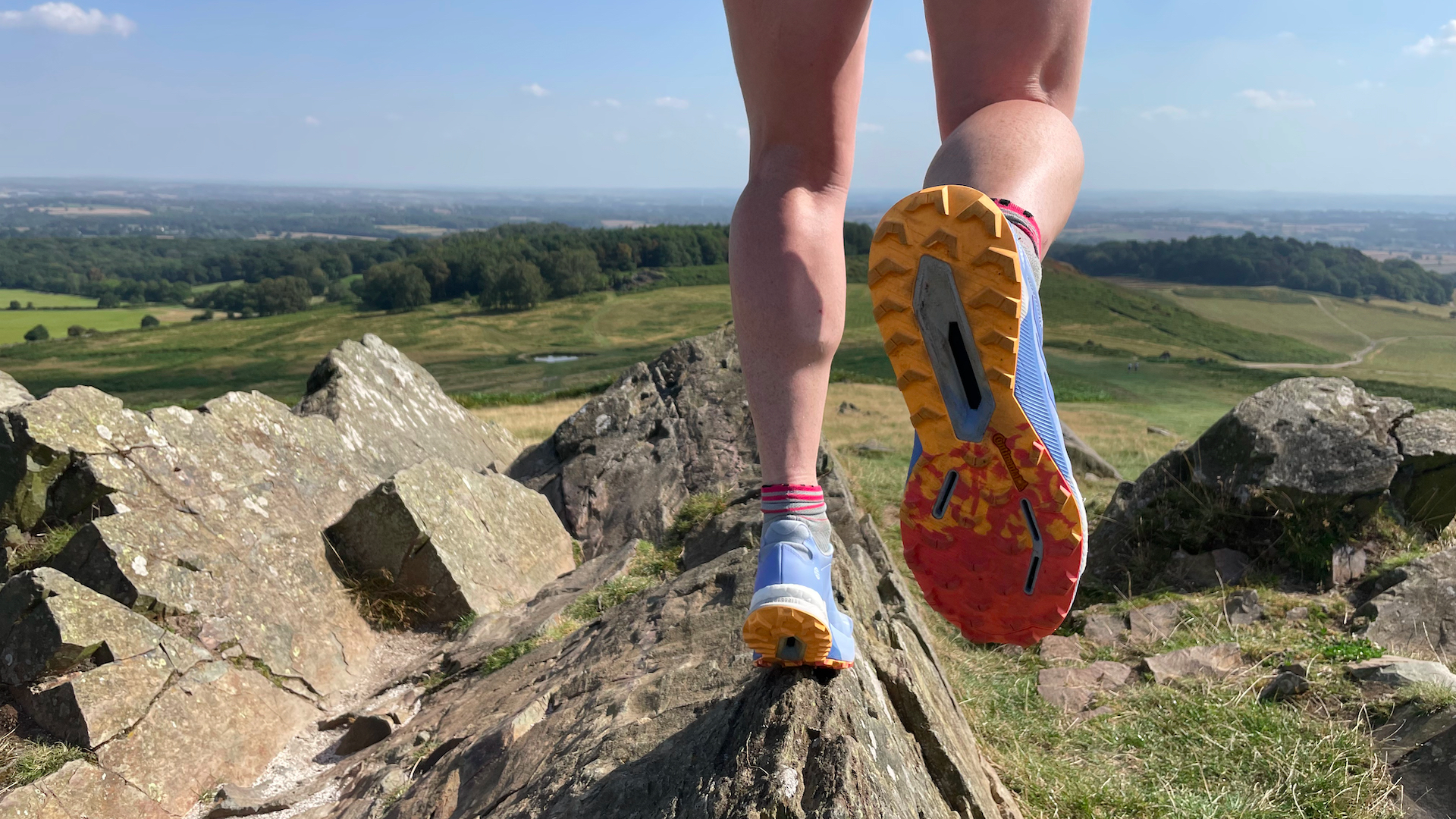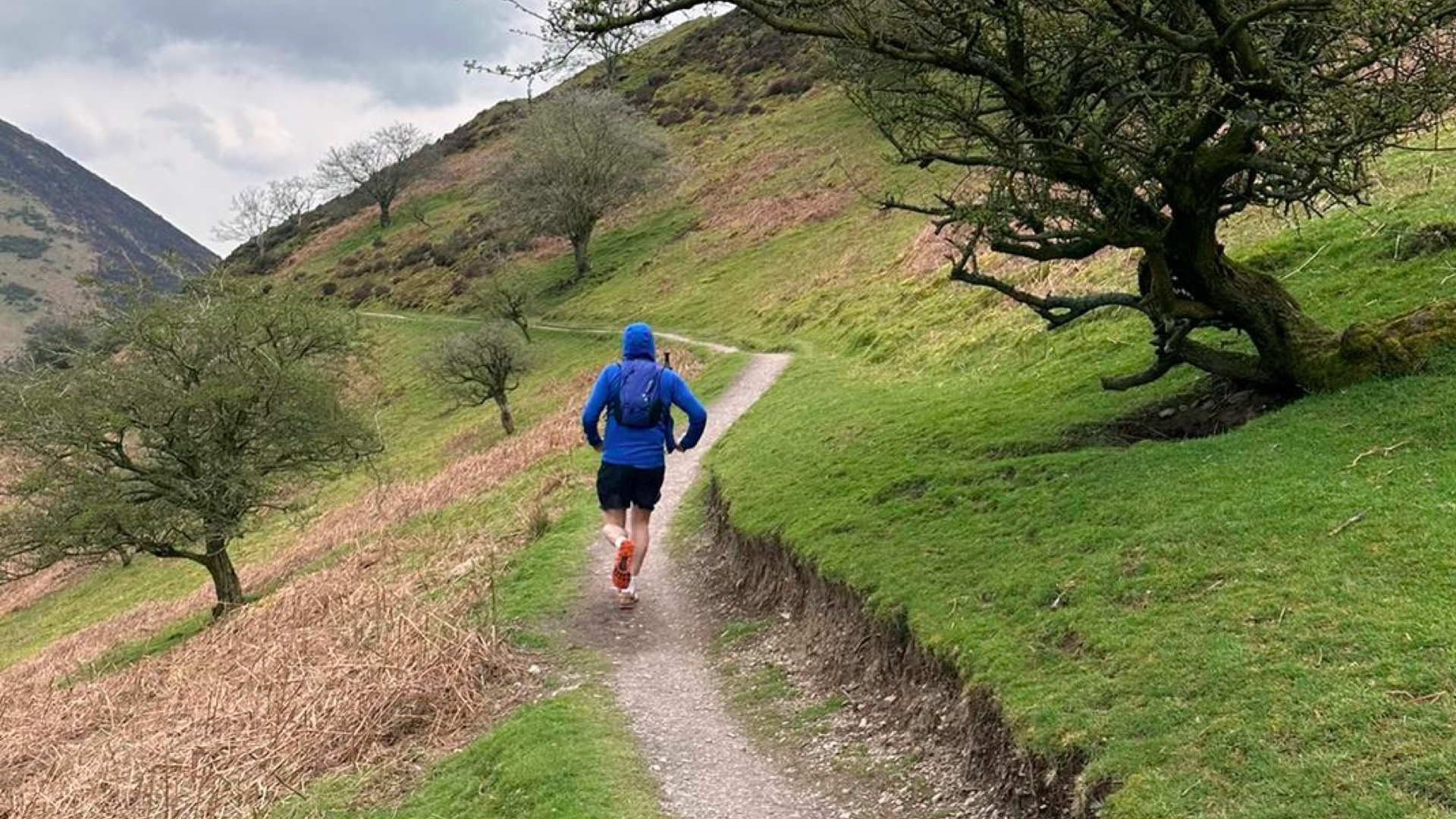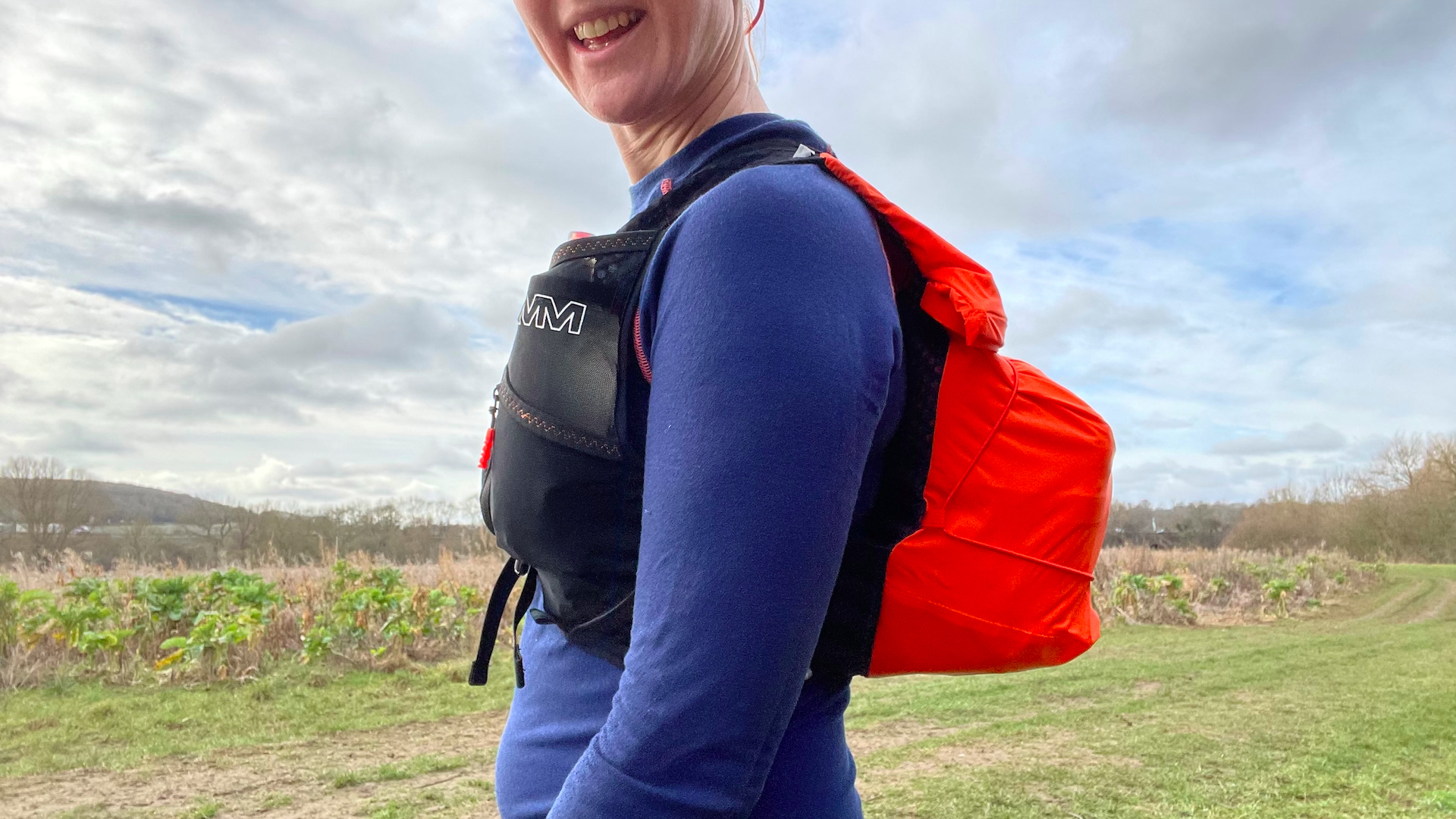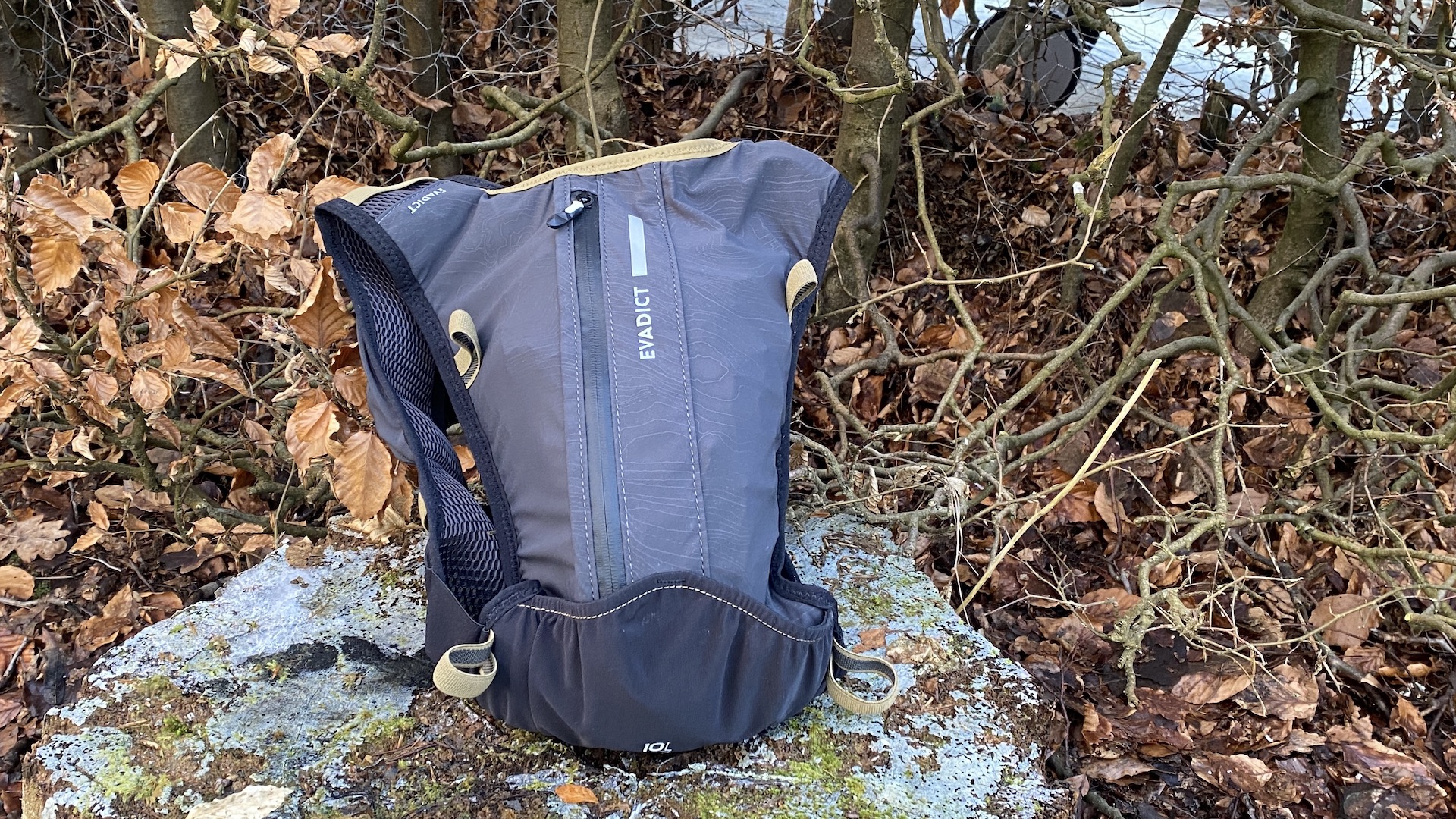Hydration vest vs hydration pack: which storage solution is for you?
More and more runners are switching from hydration packs to vests – which is right for you?

Longer trail runs don’t just mean finding the best trail running shoes – you also need a storage solution for all the gear you need to carry, like water, snacks, extra clothing and even a lightweight running jacket. For years, runners have been using hydration packs – essentially small backpacks that carry a hydration bladder but fit more snugly than a hiking backpack.
In recent years, however, the trend of hydration vests has proven really popular among long distance runners and even as a casual trail runner, I’ve hopped on the bandwagon myself. Hydration vests are smaller and closer-fitting than packs and fasten to the front of your chest allowing you to carry water and some gear.
So which do you need? If you’re planning on tackling some longer distances on the trails in the near future, read on to discover the differences and similarities between hydration vests and hydration packs.

Hydration vest vs hydration pack: fit and comfort
How a hydration vest or pack fits will play a huge role in how happy you are with it, and this is one of the main differences between the two.
A hydration vest is designed to fit very snugly and close to your body, with two holes for your arms rather than straps like a backpack, fastenings across the front of your chest and straps around the sides where you can cinch it tighter. Once it’s on, it almost fits like a second second and this is in part due to the fact that the material will typically have some stretch factor to it.
A hydration pack, on the other hand, has a backpack design, with adjustable shoulder straps, a chest strap and a hip belt. None of these components will contain any stretch, since that would defeat the purpose of cinching them close to your body, and though you might be lucky enough to find a pack that fits your body perfectly, the chances are that it won’t be quite as body-hugging as a vest by design.
Comfort really depends on various factors, such as whether it’s well-fitting (vests usually come in small, medium and large sizes) and whether you’re carrying a light or heavy load. An overloaded pack might mean the shoulder straps cut in more, while an overloaded vest may mean the front rides up and cuts into your throat. Basically, to ensure comfort you need to pick a vest or pack that fits, adjust it properly and carry an appropriate amount of gear.
All the latest inspiration, tips and guides to help you plan your next Advnture!

Hydration vest vs hydration pack: bounce factor
The thing you’re most likely trying to avoid with a hydration vest or pack is bouncing, and to avoid it you need something that’s really snug to your body. In this department, the hydration vest wins hands down, because it has such a snug fit. If you’re racing and want something really precise, we love the Inov-8 Race Ultra Pro 5 for how little bounce there is.
Hydration vest vs hydration pack: storage and capacity
Where vests trail behind hydration packs is that they typically come with less storage. A hydration pack usually has a gear compartment – my Vango Swift 10 has two, plus a small pocket – and is likely to be better for carrying bulkier gear like extra clothing.
A hydration vest will usually just have a compartment for your bladder, then small pockets in the front, where you can stash soft water bottles, if you’re using them, or carry small pieces of gear like running gels, your phone, running gloves or a packable windbreaker. That said, as the gap between the two closes, there are more running vest options out there with a decent amount of storage, such as the Dynafit Alpine 9 which can stretch to quite a lot of gear.
As for water capacity, both a vest and a pack can come in many different sizes for carrying just a few liters of water all the way up to 15 liters, with the OMM MtnFire 15 running vest, for long days on the trail.

Hydration vest vs hydration pack: breathability
A hydration vest might beat a pack in terms of fit and no-bounce factor, but the fact that it has more fabric coming into contact with your body does mean that, overall, you’re likely to get a bit sweatier in a vest than a pack. Of course, either one should be made using breathable mesh, and a vest like the Camelbak Zephyr is great for sweaty days because the mesh is huge, but in general it will be a bit sweatier than a pack.
Hydration vest vs hydration pack: price
When it comes to a high-end, well-featured vest or pack, there isn’t a huge difference in price and you’re probably looking at spending between $100 and $150, but for what it's worth, the cheapest models we’ve tested have both been hydration packs, including the Evadict 10L, so if you’re on a budget, a pack might be a good place to start. That said, there are definitely economical versions of each, though you’ll find that the more you pay, the higher quality and performance.

Hydration vest vs hydration pack: the verdict
More and more, runners are opting for the body-hugging fit and no-bounce factor of running vests, and we can see why. They hold your gear close to your body and we didn’t see a single elite runner at this year’s UTMB donning a hydration pack. That said, if you’re not aiming for an elite trail race and just want a trusty hauler for long days on the trail, there’s a lot to be said for the adjustability, breathability and storage of a running pack.
Julia Clarke is a staff writer for Advnture.com and the author of the book Restorative Yoga for Beginners. She loves to explore mountains on foot, bike, skis and belay and then recover on the the yoga mat. Julia graduated with a degree in journalism in 2004 and spent eight years working as a radio presenter in Kansas City, Vermont, Boston and New York City before discovering the joys of the Rocky Mountains. She then detoured west to Colorado and enjoyed 11 years teaching yoga in Vail before returning to her hometown of Glasgow, Scotland in 2020 to focus on family and writing.

